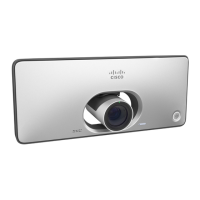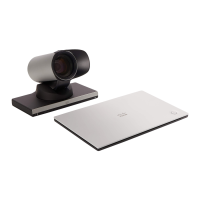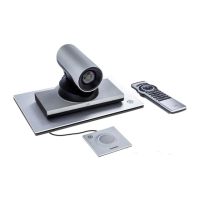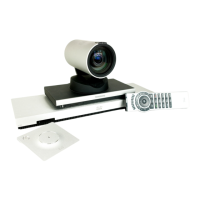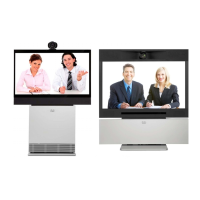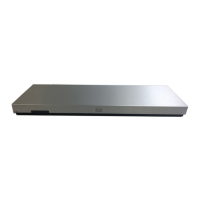D15328.04 SX80 Administrator Guide CE8.2, OCTOBER 2016. www.cisco.com — Copyright © 2016 Cisco Systems, Inc. All rights reserved.
74
Cisco TelePresence SX80 Administrator Guide
Download all log files
Click Download logs archive...
and follow the instructions.
An anonymized call history
is included in the log files by
default.
Use the drop down list if
you want to exclude the call
history from the log files, or
if you want to include the full
call history (non-anonymous
caller/callee).
Open/save one log file
Click the file name to open the
log file in the web browser;
right click to save the file on
the computer.
Sign in to the web interface and navigate to
Maintenance > System Logs.
Download log files
About log files
The log files are Cisco specific debug
files which may be requested by the
Cisco support organization if you need
technical support.
The current log files are time stamped
event log files.
All current log files are archived in a time
stamped historical log file each time the
video system restarts. If the maximum
number of historical log files is reached,
the oldest one will be overwritten.
Extended logging mode
Extended logging mode may be switched
on to help diagnose network issues and
problems during call setup. While in this
mode more information is stored in the
log files.
Extended logging uses more of the video
system’s resources, and may cause the
video system to under-perform. Only use
extended logging mode when you are
troubleshooting an issue.
Start extended logging
Click Start extended logging....
Extended logging lasts for
3 or 10 minutes, depending
on whether full capture of
network traffic is included or
not.
Click Stop extended logging if
you want to stop the extended
logging before it times out.
As default, the network traffic
is not captured. Use the drop
down menu if you want to
include partial or full capture of
network traffic.
Refresh a log file list
Click the refresh button for
Current logs or Historical logs
to update the corresponding
lists.
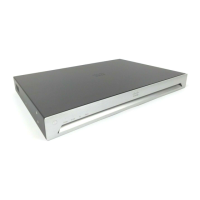
